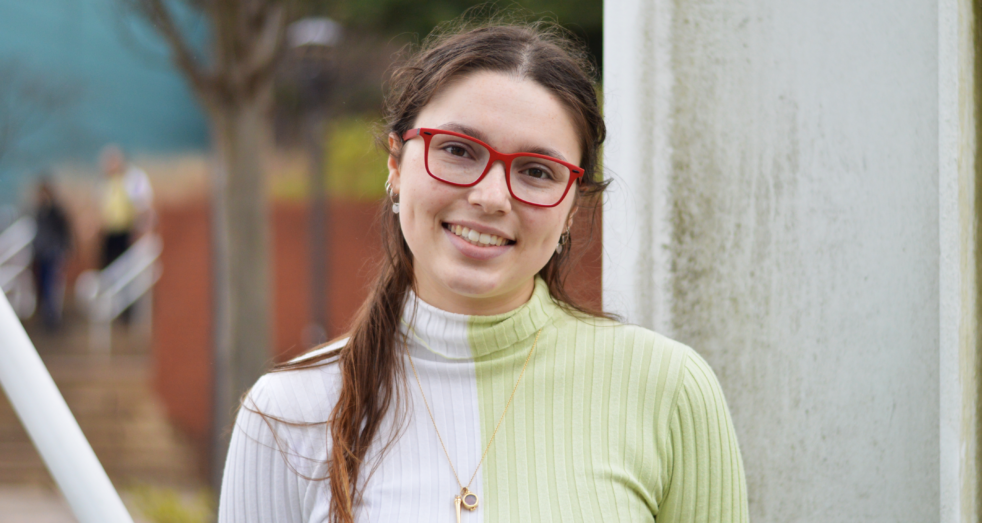Please not that this essay will use identity-first language (ie: an autistic person) instead of person-first language (ie: a person with autism).
While most medical professionals and caregivers prefer person-first language, autistic individuals themselves overwhelmingly prefer identity-first language as it presents autism as an inherent part of their identity and not something to be ashamed of rather than an ailment with which they have been diagnosed.
The term autistic women/girls is used in this article to broadly describe feminine presenting people and people who were raised and socialized as girls.
Given that non-cisgendered people are three to six times more likely to be diagnosed as autistic, I thought this distinction was important to address.
In 2018, the CDC reported that about one in every 44 children was diagnosed with autism.
This number has more than tripled since 2000 when it was one in every 150 children.
The rise in children diagnosed with autism is thought to be largely a result of an increased understanding of autistic people and more advanced diagnostic tools rather than theories (which have no scientific merit) that credit the rise in autism diagnosis to a rise in vaccination in childhood.
Many of the newly diagnosed autistic people are thought to be cases where the person has average or above average intelligence and could previously pass under the radar of their parents and/or teachers because they could function independently despite potential difficulties in social interactions and processing sensory information.
Despite the rise in diagnosed autistic individuals across the U.S., there is a disparity in who receives an autism diagnosis.
According to NBC, “Black children were 30% less likely than white children to be diagnosed with autism.”
Black and Hispanic children are less likely than white children to be diagnosed with a learning disability, but this gap has been closing in recent years. Boys are also four times more likely to
be autistic than girls.
The CDC estimates that roughly 0.86% of women in the US are autistic compared to 3.62% of US men.
While that difference can likely be attributed to genetic and hormonal differences between males and females that make autistic men more likely than autistic women, it is inaccurate to solely credit the large difference in diagnosis rates to those two factors as they are not the only impacting factors.
Autistic women are often diagnosed far later than their male peers. In a 2012 paper by Begeer et al., autistic girls received their diagnosis an average of 1.8 years later than autistic boys.
This difference is likely due in part to the diagnosis criteria of autism. Girls are more likely to develop “appropriate vocabulary and core language” compared to autistic boys of similar intelligence levels.
This is significant as language delays are often one of the first concerns parents have when beginning to seek an autism diagnosis.
Autistic girls are also more likely to have “intact play and imitation skills” which are also seen as key areas where a deficit must be observed to give a formal autism diagnosis.
In addition, any special interests an autistic girl may have are in subject areas deemed ‘normal’ for other girls like celebrities, books, music and art among numerous other things. The current autism diagnosis criteria is limited in various other ways that prevent autistic women and their loved ones from seeking a diagnosis and even lead to a misdiagnosis of a variety of other conditions.
Receiving an autism diagnosis is a crucial part of understanding oneself and one’s needs as well as the specific ways their brain varies from others.
Without a diagnosis, autistic women are left to wonder why they struggle to maintain relationships, why they struggle to talk and force themselves to keep eye contact, why they feel the need to preemptively rehearse appropriate conversation topics and responses or why they can’t be like everyone else.
This is naturally an exhausting cycle that increases the likelihood of autistic women developing a variety of mental health conditions like anxiety, self-esteem issues, depression, stress and exhaustion to just name a few. An autism diagnosis gives autistic people, especially autistic women who are pressured to act ‘normal’ far more than autistic men, a way to understand themselves and why they struggle to live and interact in a world that was not made with them in mind.
An autism diagnosis gives an explanation and assurance that they aren’t the problem, like it is so easy to believe after failing time and timeagain to be ‘good enough.’
